How & when to cut a wildflower meadow
 Lee Burkhill: Award Winning Designer & BBC 1's Garden Rescue Presenters Official Blog
Lee Burkhill: Award Winning Designer & BBC 1's Garden Rescue Presenters Official Blog

Updated 2024: Wildflower meadows are making a comeback, even in the smallest UK gardens, with 'no-mow' strips appearing in tiny urban gardens. Meadows have the ability to reduce garden maintenance, offer stunning summer flowers, and provide a rich habitat for struggling garden wildlife, which means they are becoming increasingly popular.
Whether you have created a wildflower section in your garden by using readily grown wildflower turf rolls, sowing seeds onto bare earth or growing herbaceous perennial wildflowers from seed as plug plants (as I've done in my meadow), the maintenance for them is the same.
Learning how and when to cut a wildflower meadow is essential to the success of your goeergous flower filled wildlife haven. Cutting a meadow involves three timely cuts to the meadow each year, and that's it. It's really important you do this the right way and with the right approach.
Knowing when to cut your meadow is key to a successful wildlife garden. Failing to do it at the right time can lead to a loss of flowers or excess in competing grass growth. Wildflower meadows are cut differently from ornamental lawns. While there is less mowing, the timings are crucial for a successful wildflower meadow to survive.
In the UK, there are 3 prime times when your wildflowers and meadows will need to be cut back.
The first is in March, just as spring emerges. This is when your meadow is in need of easy access to light and water.
By removing any growth early doors, you're mainly cutting back grass and any weeds that may already be in their growing season. it's providing an equal playing field, as it were, for all of your wildflower seedlings!
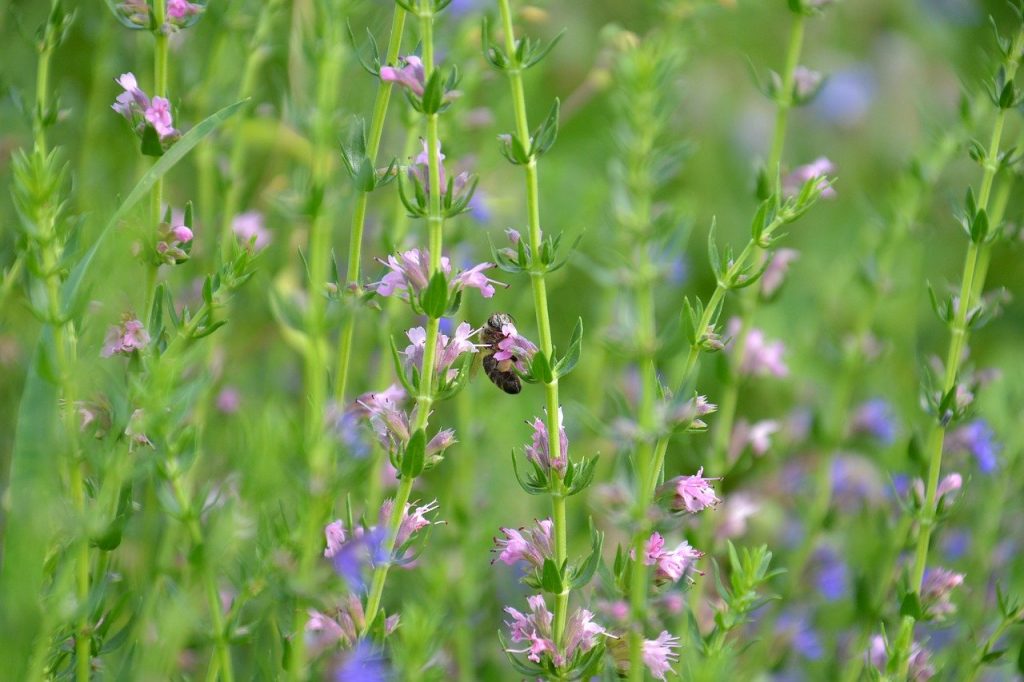
The second cut is also sometimes referred to as the 'hay cut'. The hay cut is when grass meadows are cut for optimal nutrition and protein when used to feed livestock. The exact date can vary from June to August in the UK, but in terms of an ornamental meadow, August is the prime time in my experience.
This is because wildflowers will usually have set and dropped their seed, meaning you can cut them back again to keep the competing grass under control. You've also had a great show of flowers by this time too.
This is the last cut of the season and usually the lowest. You can pretty much cut as close to the ground as possible for this cut. It sets up your meadow for overwintering and enables light to get to some seedlings that will germinate before the winter months. Yellow rattle, in particular, tends to do better when sown the Autumn before it flowers. As its an annual.
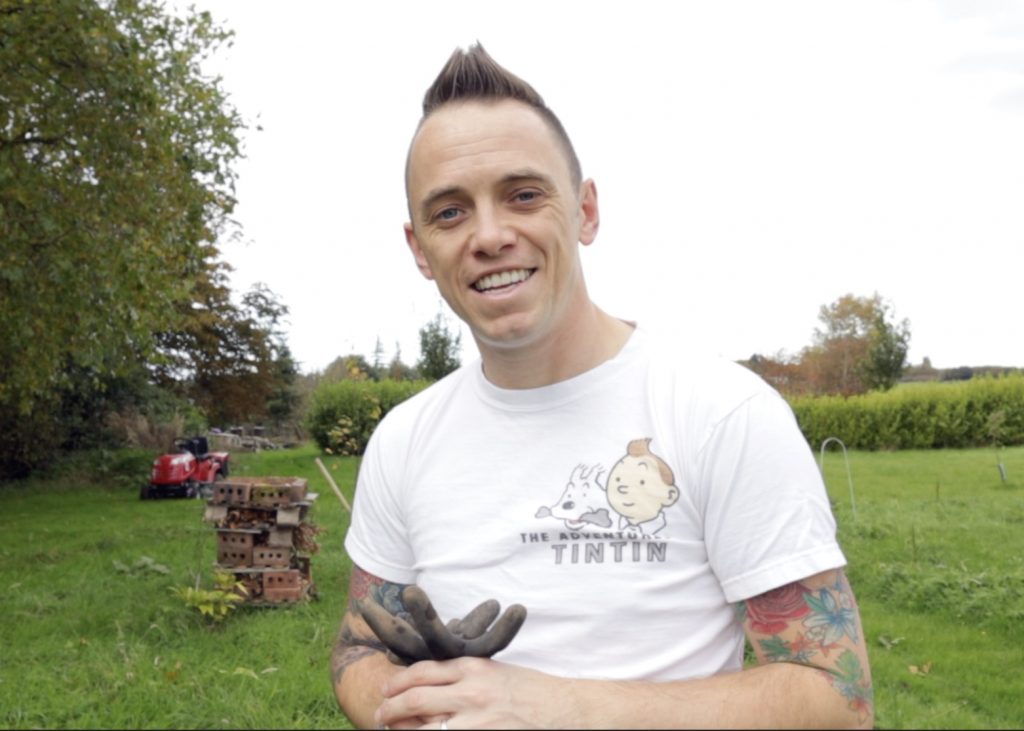
Whilst a wildflower meadow is relatively low maintenance once established it does require cutting to help keep grasses and weeds at bay. The reason for this is that native grasses and other perennial weeds are far faster growing than both annual and perennial wildflower mixes.
If your meadow or wildflower turf is left to compete naturally with grasses and weeds, it will soon be smothered and could potentially die out. Wildflowers mainly germinate and grow back later in the season, i.e. April to May, and if the meadow is not mown early spring, then the grasses will already be far further ahead in their growth cycle.
If this is allowed to occur access to both light and water for wildflowers will be reduced making it far harder for them to survive.
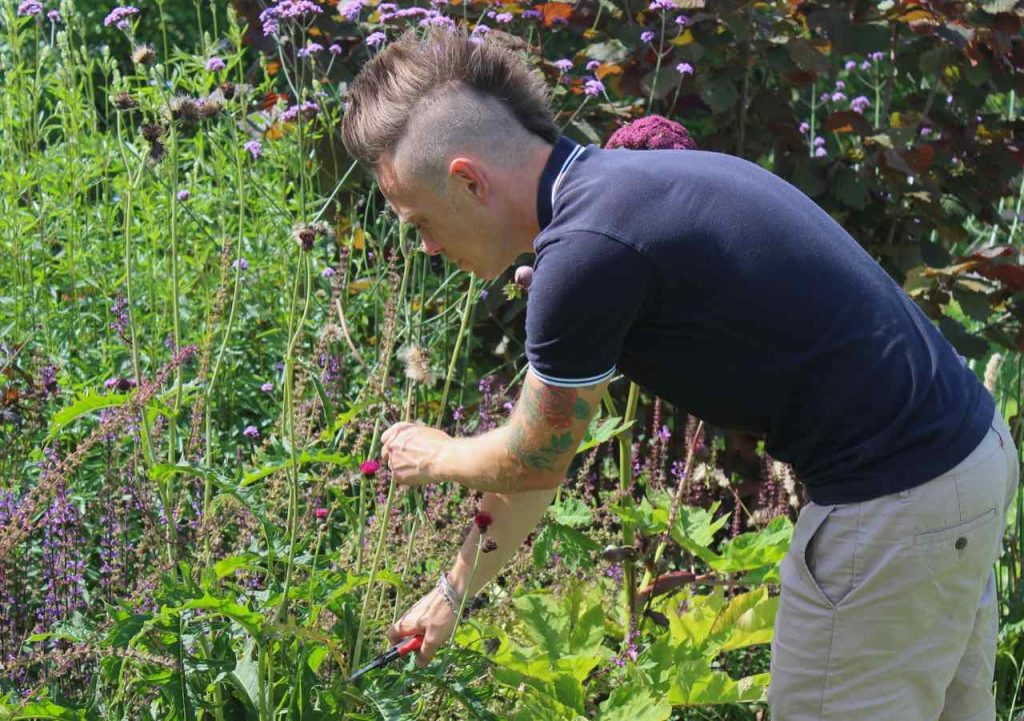
By cutting your meadow at strategic times of the year, you help reduce the vigour of grasses and weeds, giving your wildflower meadow the best chance of success.
A scythe is the most traditional, carbon-neutral and kindest to nature. It's also the most laborious given its done by hand. It'd a real skill and great if you have the time and energy. Scything is great for smaller meadows but I simply don't have the time to use this method on my own. As much as I'd love to.
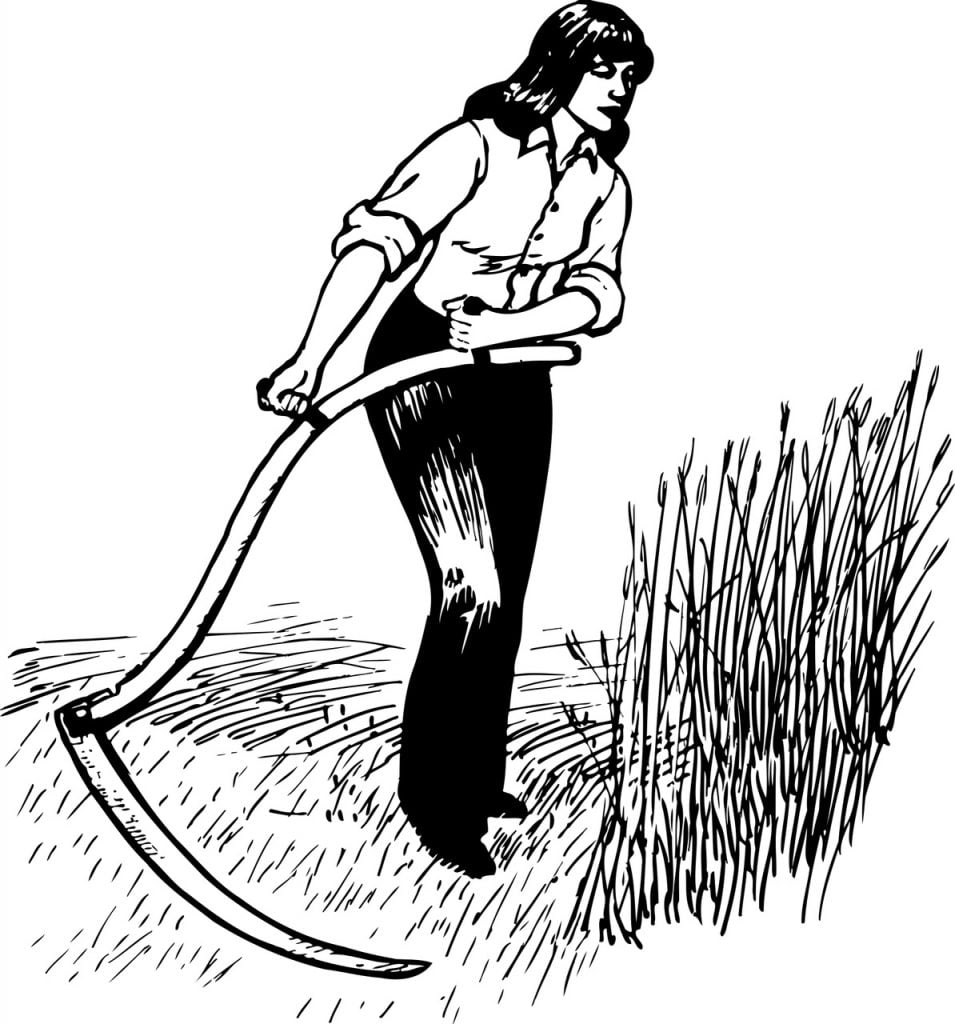
Scything involves a very particular twist/sweep action from the hips as you bring the curved blade across the method. It's a full upper-body and core workout!
You then collect all the cuttings, usually with a hayfork, and take them to be composted away from the meadow.
Did you know that you can take my course and learn how to become a Garden Ninja yourself? Click here for details
The next and quicker method is to use a powered garden strimmer to cut back your meadow. It's far faster than a scythe, but you still need to pick up all of the clippings. You want to strim at different heights for each cut. March and October are the lowest cuts, and the August cut is slightly higher.
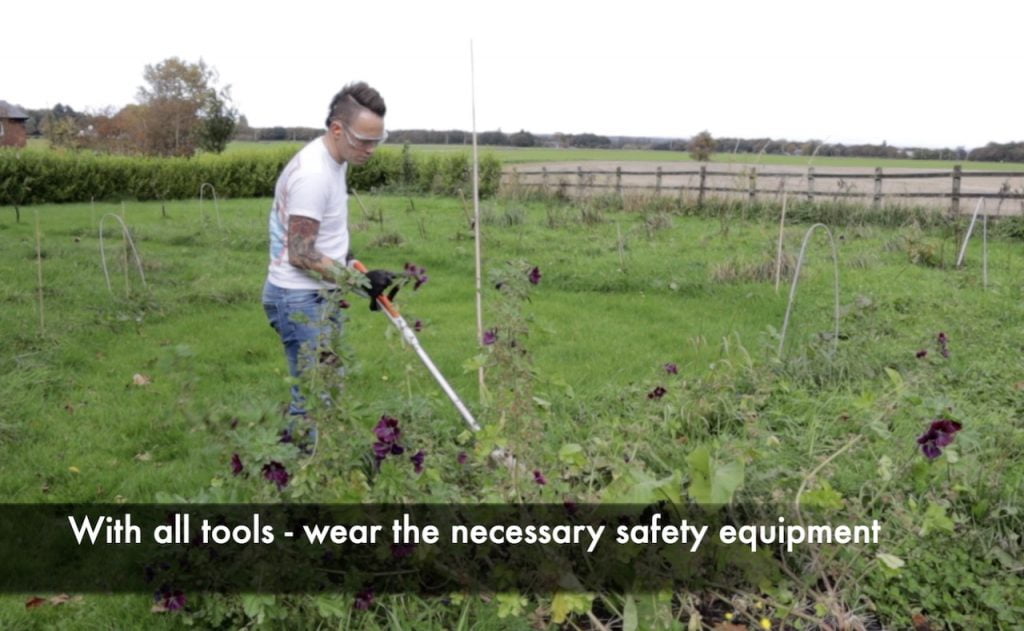
This is a great method for smaller meadows or mini meadow strips in urban gardens. It also affords you far more control than each other method. Meaning you can strim around trees or shrubs that may be present in your meadow area.
Always wear the necessary safety gear when cutting a meadow, along with any powered equipment, including safety shoes. There's nothing worse than a stray piece of strim line slicing through your feet!
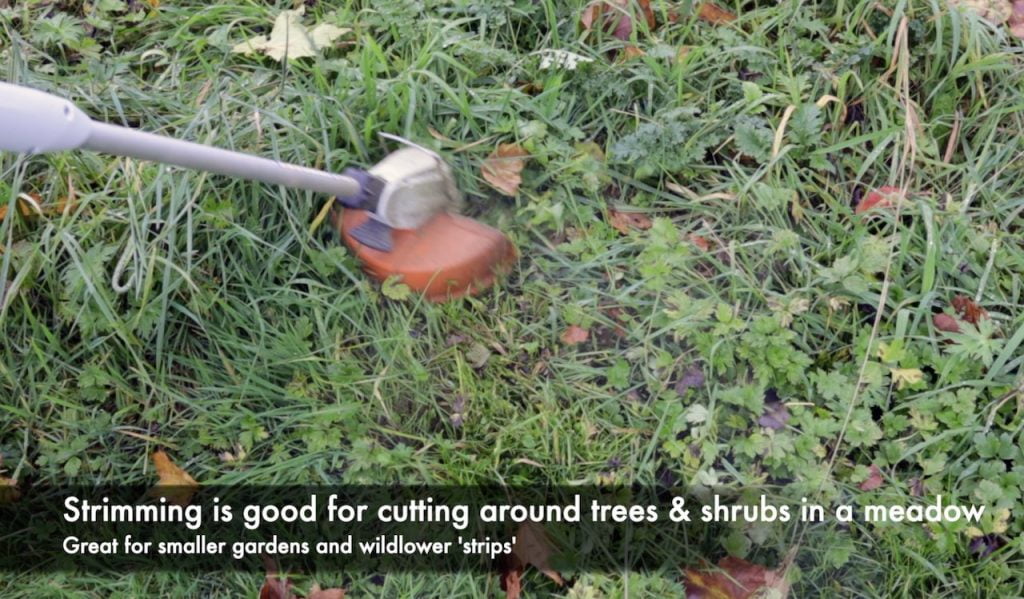
You can use a petrol ride-on mower to cut your meadow, especially if its a true wildflower meadow which contains very little grass in the mix.
Now, this may not be the most authentic or subtle of methods, but it does hold two distinct advantages over the two methods mentioned above for mowing a wildflower meadow.
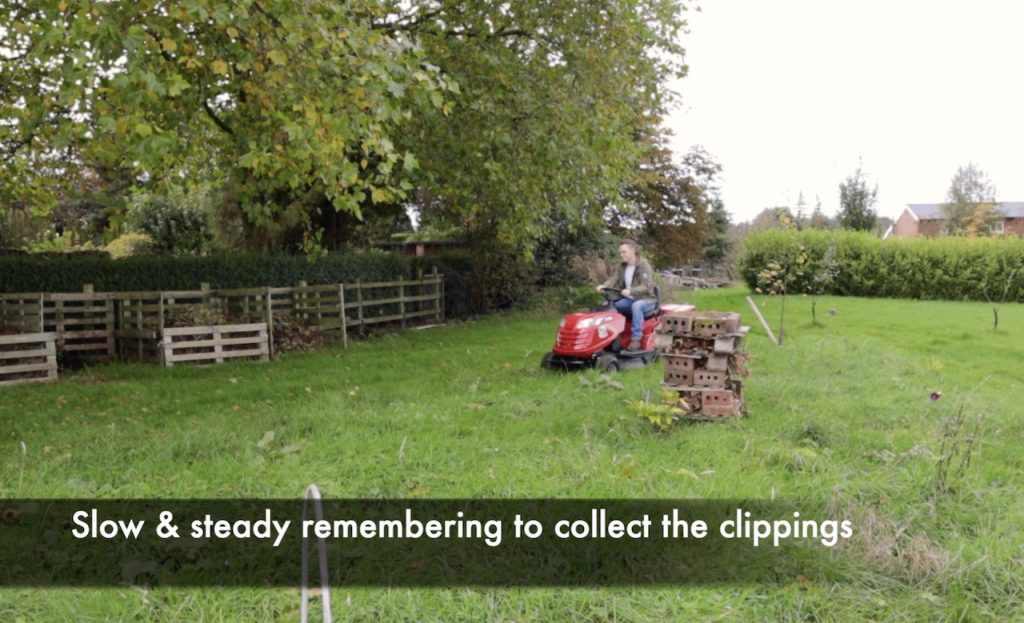
i) Firstly, a ride on mower is far faster than the other two methods, offering precise cutting heights.
ii) Secondly, you can collect all of your clippings so they don't simply fall back onto the meadow. This is a vital requirement when cutting any meadow as mulching it can prove surprisingly detrimental!
Take your time with any ride on mowers as this will help the machine collect the cuttings more effectively. I start with the highest setting then make multiple passes over the meadow until it's at the required level.
It is also worth noting that I cut my meadow in three separate sweeps. One week apart each. This allows nature to move from one area to the next and also allows the meadow a bit of breathing space before it is all gone. I also leave some of the edges intentionally messy so any overwintering bugs that haven't made it to my bug hotel have somewhere to rest up!
When cutting your meadow it is important to always remove as many of the clippings as possible. This is because wildflowers prefer poor nutrient lacking soil both for germination and also their growing season. By increasing the fertility seedlings can struggle to germinate and competing grasses grow far too quickly for them to compete.
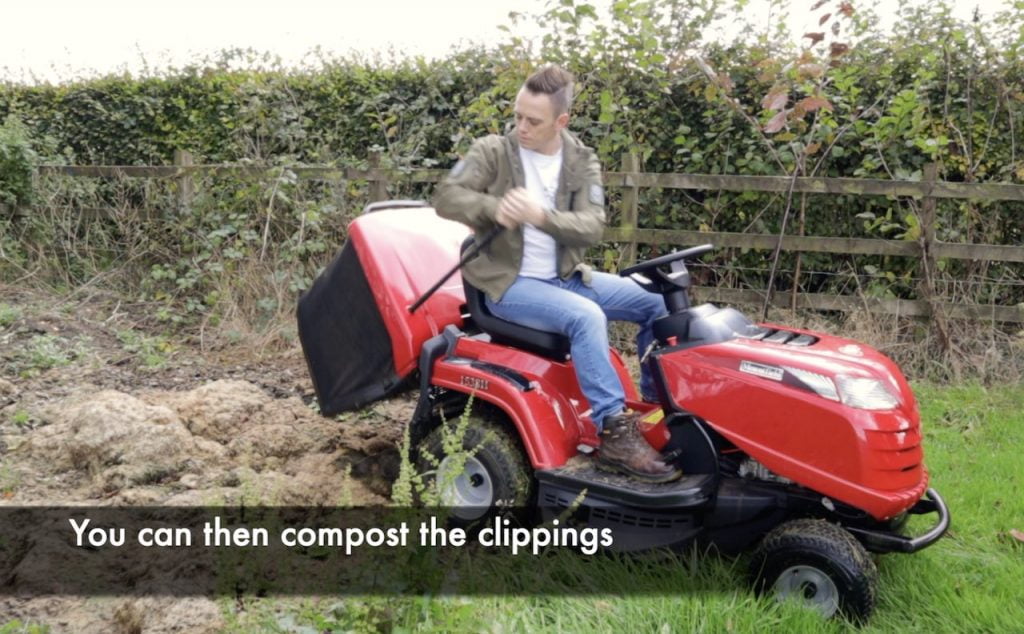
Collect up all the green clippings from your meadow and compost them. They will quite happily break down in a compost heap over a year or so.
Yes, you do. Although this may feel like the most time-consuming part, removing all clippings and cutting from your meadow each time you cut it to reduce fertility and remove thatch from building up on your meadow (dead grass that starves out other seedlings) is essential.
Meadows that are mulched or left with their clippings on them will often yield fewer and fewer wildflowers over the years. As the seedling's conditions become too challenging, your wildflower diversity may recede as weeds, docks, nettles, and grasses completely smother the meadow. By removing them, you're encouraging your wildflowers to return year after year and keep more vigorous species at bay!
This shouldn't put you off creating your own wildlife-friendly meadow. it just means that any waste should ideally be removed to keep fertility low. If you imagine all those wildflowers you see on abandoned buildings or wastelands, you can see how they have adapted perfectly for such harsh conditions!
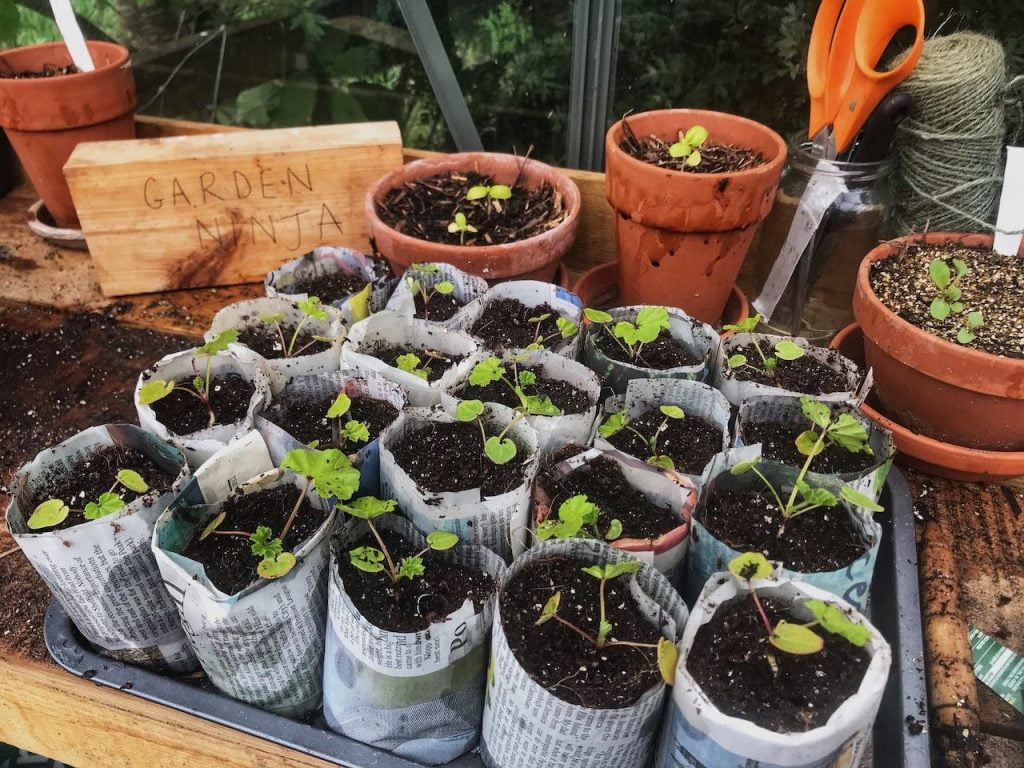
I tend to scythe or strim my meadow, so all the growth has been cut down. I then leave it a week to dry out in situ. Then, the easiest way to collect it is with a large rake and wheelbarrow. Scoop it up and then add it to the compost bin or muck heap to rot down away from the meadow. You can also use a ride-on mower at the highest setting (usually a 7) to try and collect it.
Bear in mind that any wet cuttings will clog your mower, so I would advise scooping off the largest bits first with the rake and using the mower for the last run over the meadow to collect anything left over.
No, you should never feed or fertilize a meadow. This encourages vigorous grass and weeds to overtake whilst prohibiting the germination of wildflower seedlings. By feeding, mulching or adding liquid plant food to a meadow or no-mow strip, you make it far harder for the wildflowers and native species to thrive. All you end up with is more grass and weeds taking over your meadow!
A wildflower meadow or 'messy' part of a lawn is a great way to help encourage more wildlife to your garden. It helps insects feed and cross-pollinate our plants, which in turn means more fruit and flowers in the garden. It also reduces maintenance, giving everyone a little bit more breathing space during the garden year. You'll be amazed at what flowers pop up and also what wildlife takes up residence in your garden.
Being a considerate gardener benefits not only our flowers, insects and mammals but also ourselves. By being a little bit slower, calmer and relaxed in our garden practices!

Why not share your gardening stories with me on Social media? You can Tweet, Facebook or Instagram me with your designs. If you need gardening advice why not check out my Youtube Gardening guides and subscribe if you haven’t already!
Happy Gardening!


You must be logged in to post a comment.

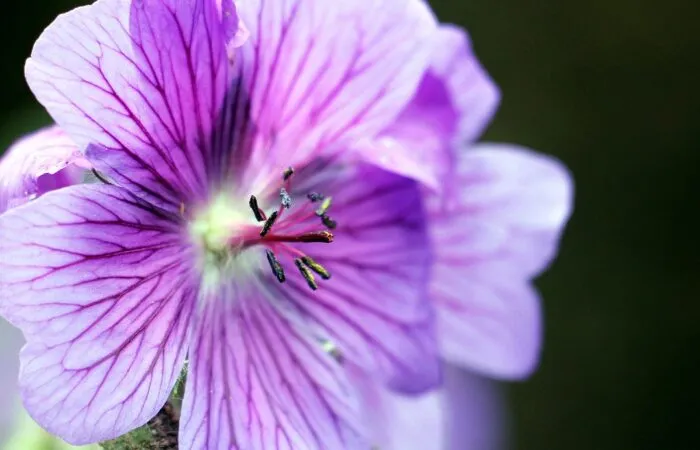
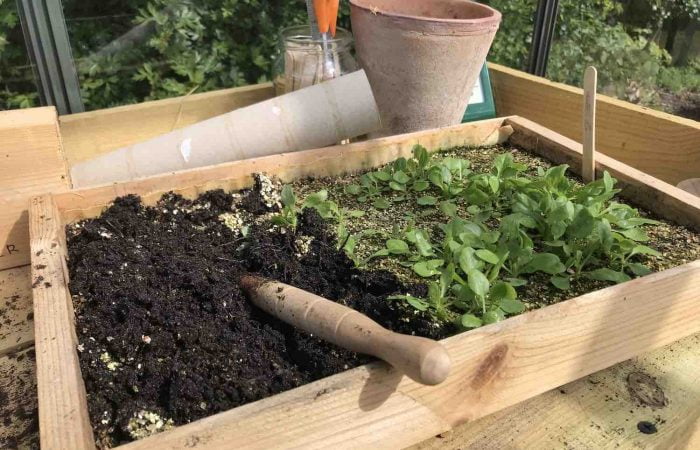
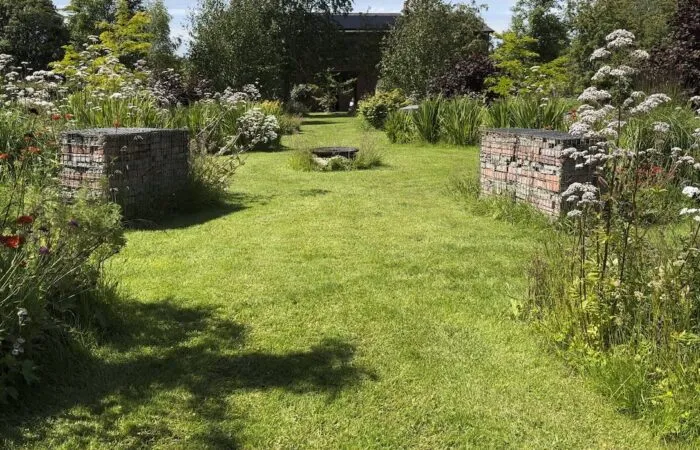
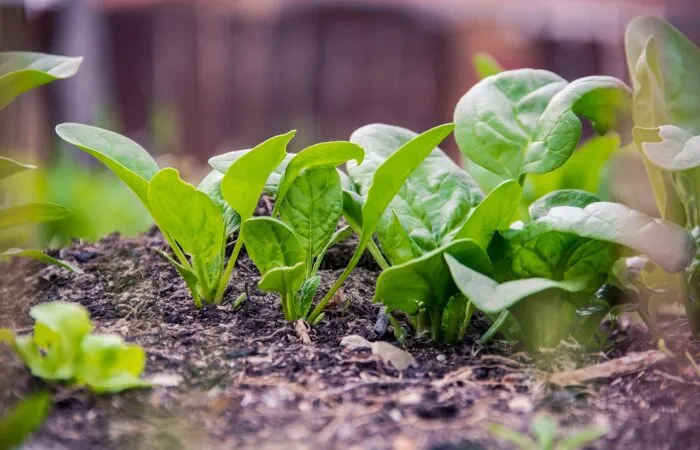
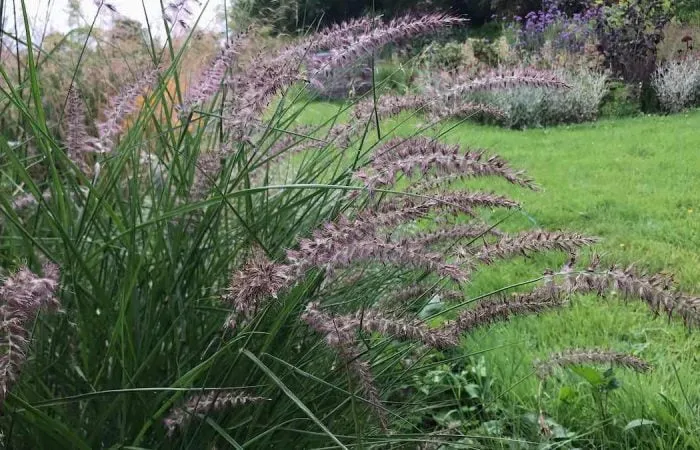
JOIN THE NINJAS

Be the first in line for new Guides, Discount codes and Offers
Thanks,that’s very helpful.
One concern of mine is that if I use my mower to cut the wildflower lawn I will suck up and remove the yellow ratttle seeds or any other wild flower seeds ? I do collect some so when should I sow them to make sure they germinate for next year. Thankyou
Thanks for the interesting website. Just thought you might like to know that for my front garden wildflower meadow (approx. 30ft x 30ft) I’ve been using a hedge trimmer to make the summer/autumn cut. Much less stuff to collect up than a strimmer after letting it lie for a few days. Then it gets strimmed, then mown, then scarified. From May to September I’ve had a wonderful display of cat’s ears, oxeye daisies, field scabious, yellow rattle, knapweed, birds foot trefoil, orange hawkweed and ragged robin. I started converting the boring lawn about 10 years ago when I was 75 yrs. Two years ago, to my surprise and joy a marsh orchid popped up by itself.
Hi Val, Great supplementary tips! Many thanks I think I’ll try this myself on my own meadow! Happy gardening. Lee
I would like to know what to do next as I have missed the autumn meadow cut completely due to illness etc. All tall grasses remain (wet). Should I cut/strim early next year (well before “no mow may) or similar?
Hi Lizz, As soon as you get a dry spell, I’d definitely cut it before next year and remove the clippings. You need all those seeds that have been scattered naturally to have access to light so they can stratify. Hope that helps and don’t worry mother natures is rather forgiving. Get well soon. Lee
Thank you for the article. It was very helpful.
I decided to turn over the entire top lawn to wildlife and try and create a meadow… it has taken 4 years to become a decent wild flower meadow and still the grass is thick on one side.. however this year has seen the best yield of wild flowers with betony, lesser knapweed , ragwort,trefoil, sheep’s scabious ,Veronica, self heal , shitsa daisys, wild orchids and many more .. i did go a bit mad with the yellow rattle seed 3 years ago !! However seems to have sorted itself out now and not so thick ! I still cannot grow poppies although i do try yearly… i will continue to do so!
Every time in the lower part of the garden which is a mixed perennial and shrub i see anything resembling a wild flower, i transplant it to the meadow…take out some grass and plant….
However my dilemma is that it is now almost beginning of august and i know it needs to be cut…..but theres so many wild flowers still flowering so beautifully ……what do i do….? It seems a shame to cut them all back ……even on a high strim ? HELP .
Hi
I’ve found all the above information to be most helpful -thank you. Question: should any large weeds be dug out at the cutting times?